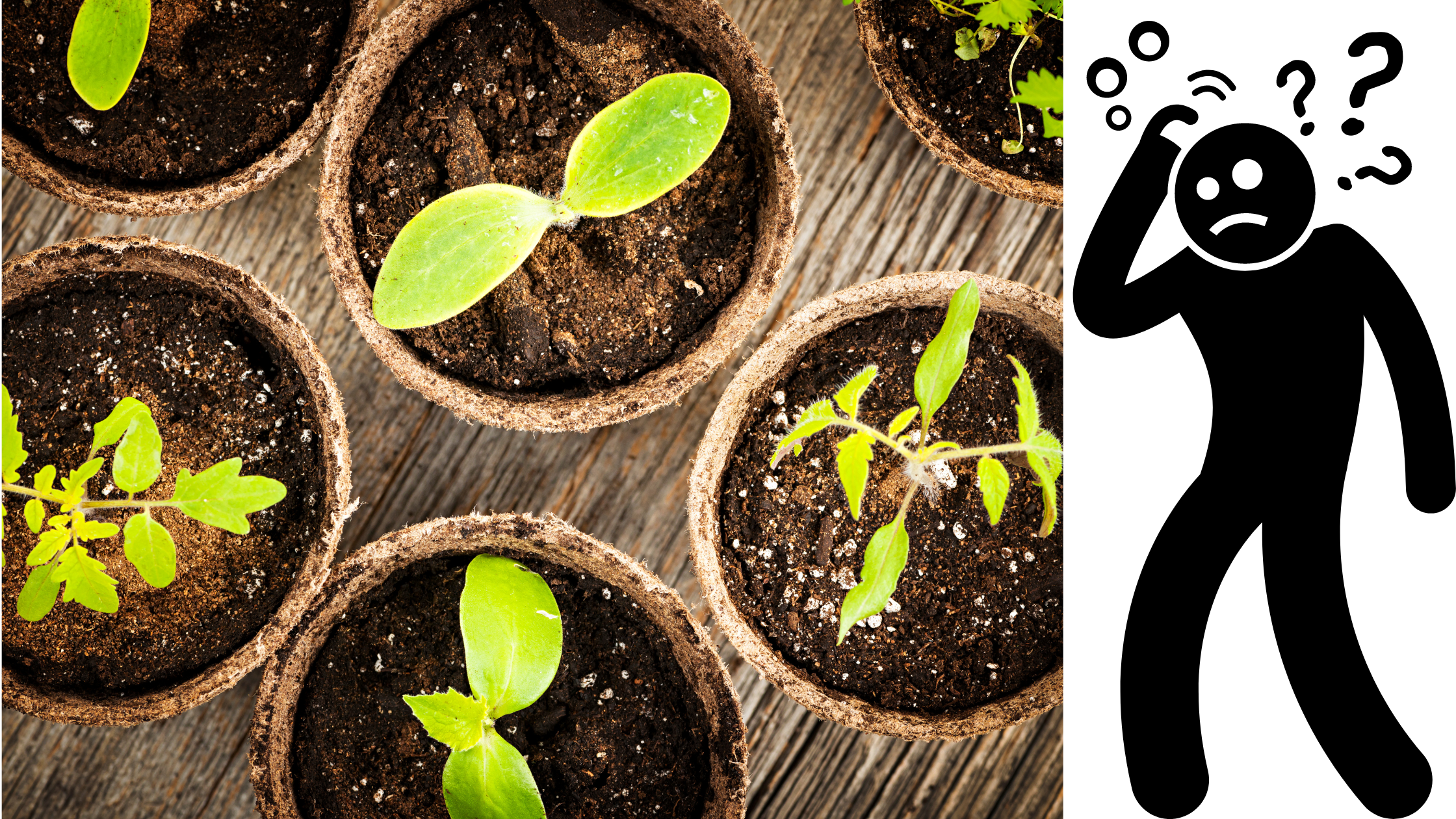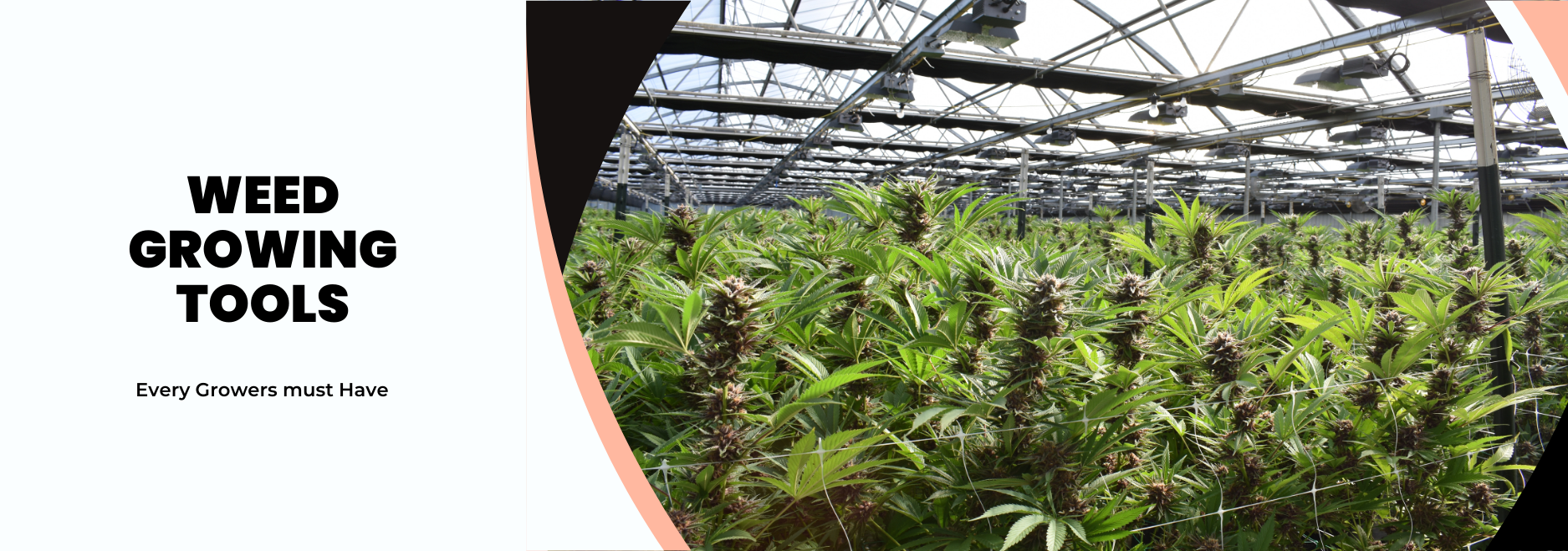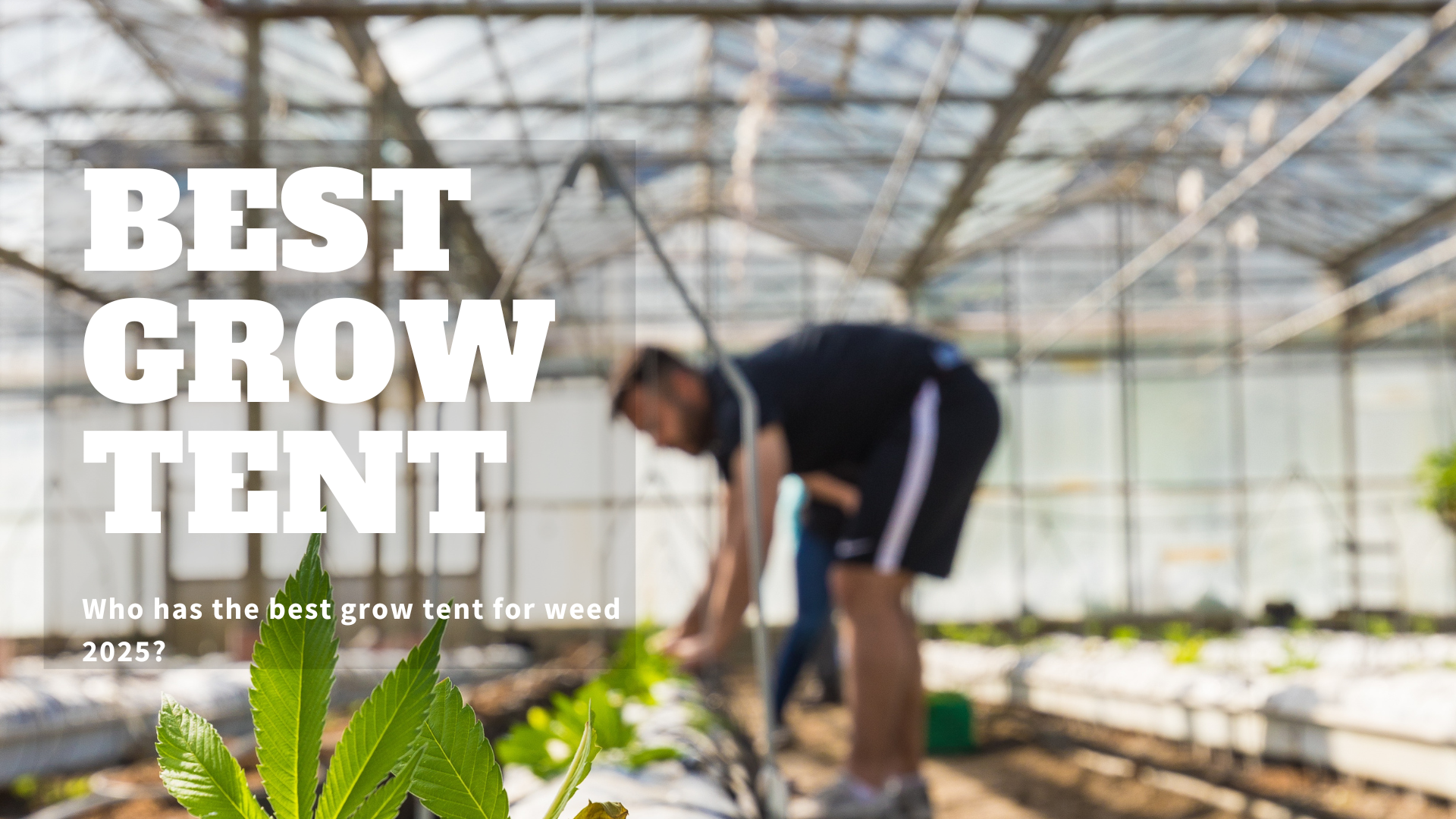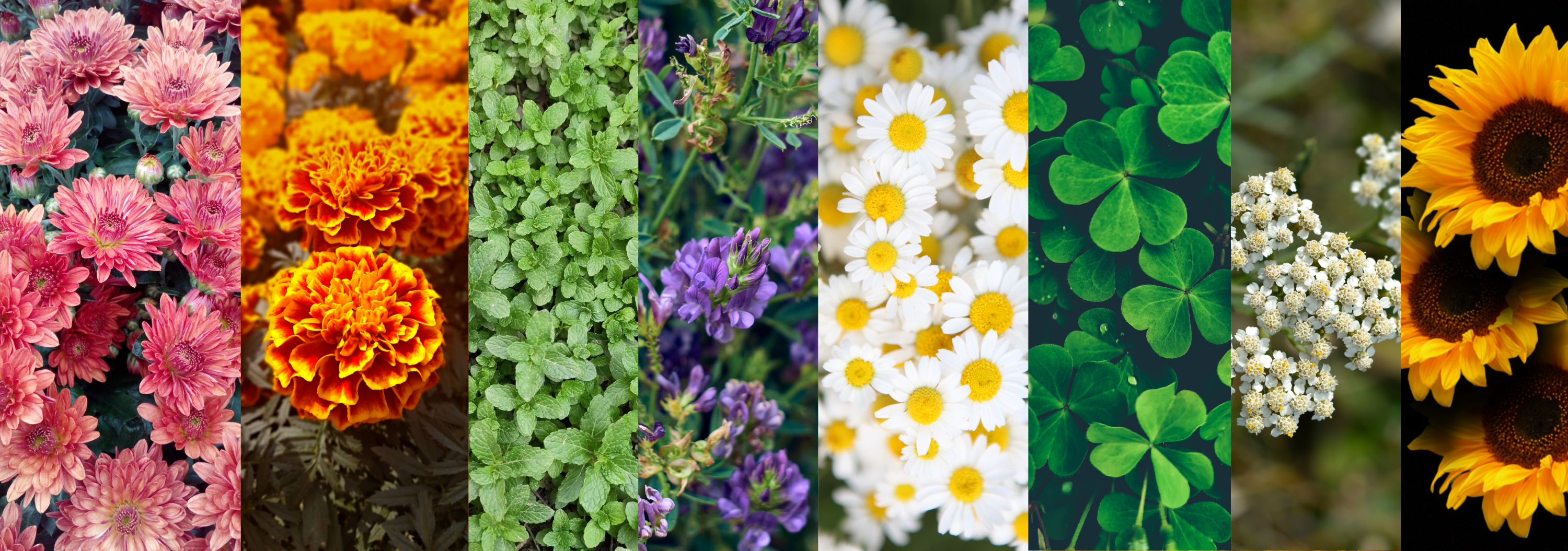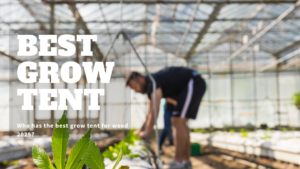Transplanting is essential to gardening; knowing when to transplant cannabis seedlings is key to a successful garden.
Before transporting, you should do some things to ensure your plant is ready for its new home.
The first thing you’ll want to do is check the weather.
You’ll want to transplant cannabis seedlings on a cool, overcast day if possible.
If it’s too hot or sunny, your seedlings may suffer from heat stress.
Additionally, if the weather is extremely cold, your seedlings may be damaged by the cold weather.
Next, you’ll want to ensure your seedlings are big enough to transplant.
They should have at least two sets of true leaves. If they don’t, they’re not ready to be transplanted yet.
Why Transplanting Cannabis Seedlings Matters

Transplanting ensures that your cannabis seedlings have enough space, nutrients, and stability to continue growing.
Crowded roots in a small pot can stunt development, and moving them prematurely can lead to transplant shock.
Striking the right balance is key.
How Big Should Cannabis Seedlings Be Before Transplanting?
Size depends on your end goal and the growing environment.
Seedlings can be slightly smaller for personal growth; they may need to be sturdier for large-scale or market purposes.
Regardless, ensure they can handle movement:
- At least two true leaves for robust photosynthesis
- Strong roots that support rapid growth after transplant
- Healthy coloring without yellowing or wilting
If you’re asking, “When do you transplant cannabis seedlings?” You’ll typically wait until each plant shows signs of vitality—strong leaves, a stable stem, and active root growth.
Tips on How to Tell When to Transplant Cannabis Seedlings

You can do several things to ensure your transplant cannabis seedlings are ready for a successful move. Here are some essential tips to help you determine the right time and conditions for transplanting.
Count the Number of Leaves
Leaves are essential for a plant’s growth, so you’ll want to ensure your seedlings have at least two sets of true leaves before transplanting.
To do this, count the number of leaves on each seedling.
If they have two or more, they’re ready to be transplanted.
It is possible a plant can survive with a single leave, but it is not recommended to transplant until the seedling has at least two.
Even if they leave is big enough, the plant will not have the energy reserves to support transplanting and will likely die.
Look at the Size of the Leaves
The size of the leaves can also be a good indicator of whether or not a seedling is ready for transplanting.
If the leaves are small and delicate, it’s best to wait longer before moving the plant.
However, if the leaves are large and vigorous, the plant is probably ready to be transplanted.
Plants with over-size leaves may have been forced to grow too quickly and may not have developed a strong root system.
This can make them more susceptible to cannabis transplant shock, so it’s essential to be careful when you transplant cannabis seedlings.
It is best to compare the leaves to their stem and the general size of the plant.
Doing this will give you a good idea of whether to transplant cannabis seedlings or not.
The leaves do not need to be the exact size, but if they’re small and delicate, it’s probably best to wait a bit longer.
Check the Health Condition of the Leaves
Apart from the number and size of the leaves, you should also check their health condition.
If the leaves are wilted, yellow, or brown, it’s a sign that the plant is not doing well and is not ready to be transplanted.
On the other hand, if the leaves are green and vibrant, it’s a good sign that the plant is healthy and ready to be transplanted.
It is important to remember that just because a plant has wilted or yellow leaves doesn’t mean it’s not ready to be transplanted.
Sometimes, plants will wilt when they’re moved to a new location.
If this happens, water the plant, and it should recover within a day or two.
Check the Root System
Another way to tell if your seedlings are ready for transplanting is to check their roots.
Gently remove one seedling from its pot and examine the roots.
Its time to transplant cannabis seedlings if they’re white and healthy. The plant needs more time to grow if they’re still brown or black.
Another thing to look at is how tightly the roots are packed together.
If the roots are matted or tangled, waiting a bit longer before transplanting is good.
This is because the plant won’t be able to establish itself as well in its new home if its roots are already crowded.
Look at the Condition of the Stem
Examining their stems is the final way to tell if your seedlings are ready for transplanting.
If the stems are thin and weak, they are not ready yet.
However, if the stem is thick and strong, the plant is probably ready to move to its new home.
Gently examine the stem by lightly pressing on it. The plant is not ready to be transplanted if it bends or snaps easily.
To avoid killing many plants, use observation as your guide and only transplant those that appear ready.
The color of the stems can also indicate whether its time to transplant cannabis seedlings.
If the stem is green, the plant is still actively growing and is not ready to be transplanted.
However, if the stem is brown or woody, the plant has stopped growing and is probably ready to be moved.
Consider the Plant’s Overall Health
When transplanting cannabis seedlings, you’ll want to choose the healthiest plants possible.
Avoid transplanting any seedlings that seem to be struggling. These plants are likelier to experience transplant shock and may not survive the move.
Transplanting is stressful for plants, so it’s essential only to transplant cannabis seedlings that are large and healthy to handle it.
The above tips will help you determine the overall health of the plant.
When to Transplant Cannabis Seedlings
“When to transplant germinated seeds?” is a question many new growers have.
Once seeds have sprouted and developed their first set of true leaves, they can move to small pots.
Keep the following in mind:
- Avoid rushing: Let the taproot develop.
- Use gentle handling: Minimize contact with the taproot.
- Provide proper soil: Nutrient-rich and well-draining soil is crucial.
Best Practices to Transplant Cannabis Seedlings
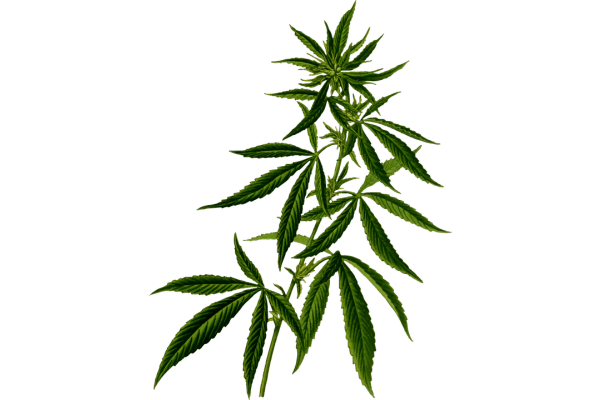
Use these guidelines to optimize the process of transplanting cannabis seedlings and reduce stress on plants:
- Choose the Right Pot Size: Gradually increase the pot size. Going too large too soon can lead to overwatering issues.
- Pre-Water the Soil: Moisten the new container’s soil before placing the seedlings. This promotes root-to-soil contact immediately.
- Handle Seedlings Gently: Use two fingers to support the stem and scoop from the root ball. Avoid pulling on the stem directly.
- Acclimate Slowly: If you’re moving seedlings outdoors, harden them off by gradually exposing them to outdoor conditions over a week.
- Post-Transplant Care: Keep soil consistently moist, but don’t overwater. Monitor leaves for wilting or discoloration and adjust watering accordingly.
In Conclusion
Transplant cannabis seedlings with confidence by timing them correctly and following the best practices outlined above.
To determine when seedlings are ready to transplant, look for two sets of true leaves, healthy roots, and strong stems.
With patience and proper care, your seedlings will thrive in their new environment and grow into robust cannabis plants.
Remember: It’s often better to wait slightly longer than to rush.
When in doubt, give your seedlings more time to grow and strengthen before transplanting.
Good luck with your garden, and here’s to a bountiful harvest!
It’s always best to wait longer before transplanting when in doubt.
It is better to err on caution than risk damaging your seedlings.
With a bit of patience, you’ll have a thriving garden.

